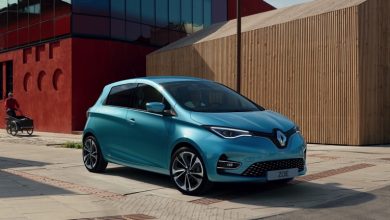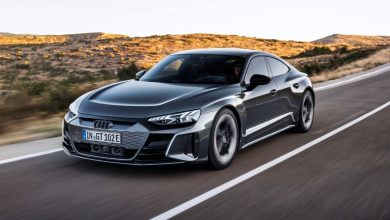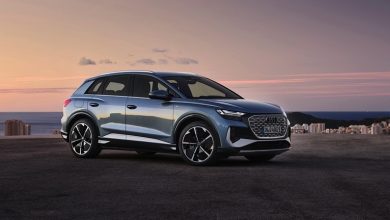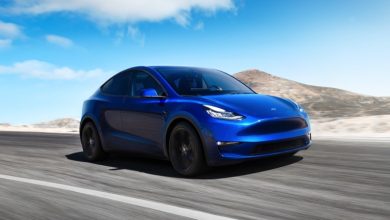Renault Zoe ZE50 R110
Available Since November 2019
data-width=”768”>
data-height=”432″>
data-transition=”slide”>
data-clicktransition=”crossfade”>
data-thumbwidth=”114″>
data-thumbheight=”64″>
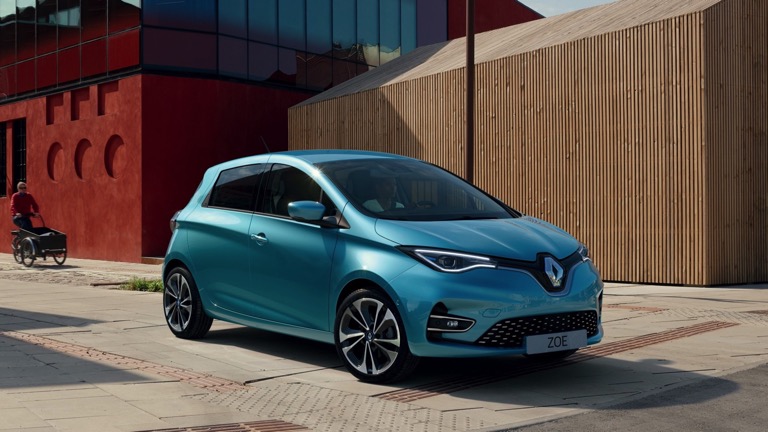
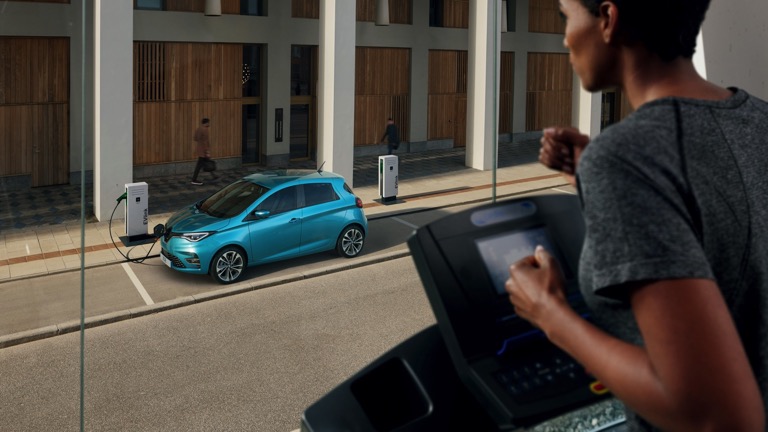
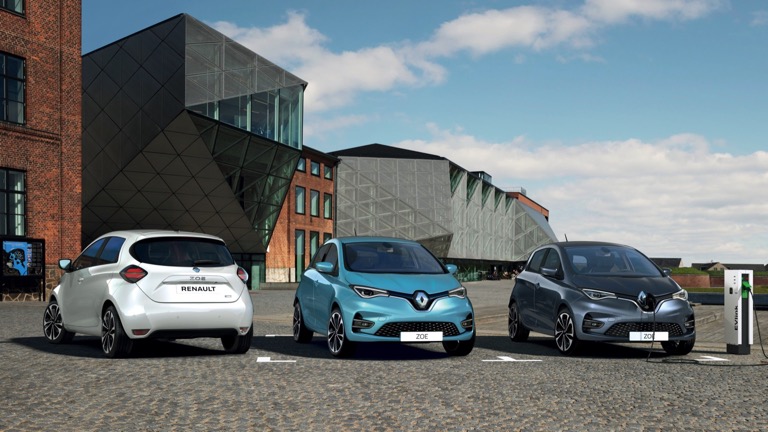
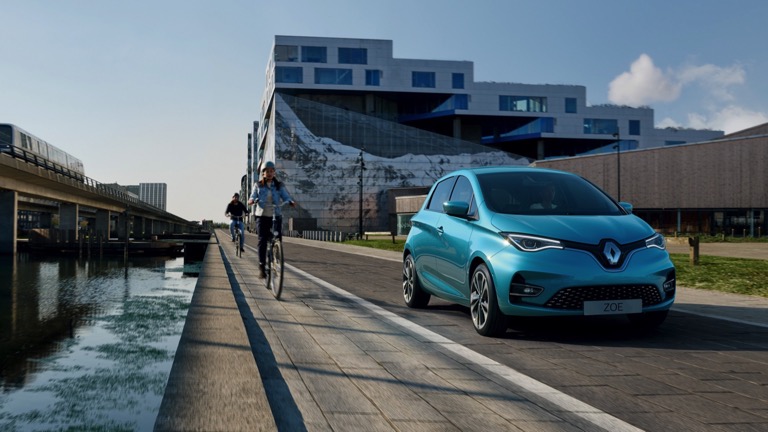
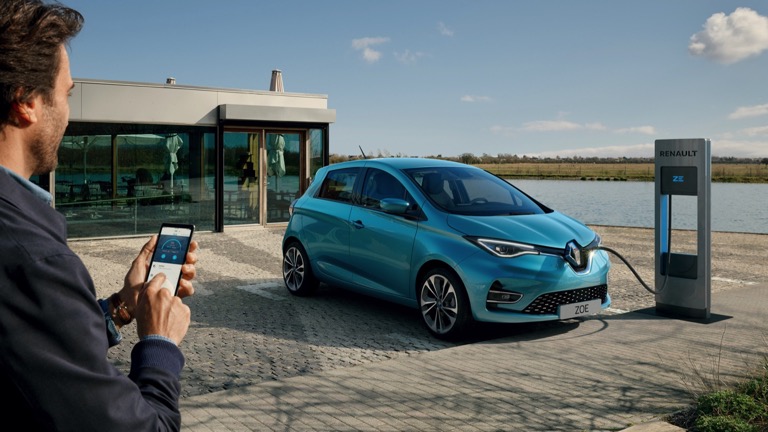
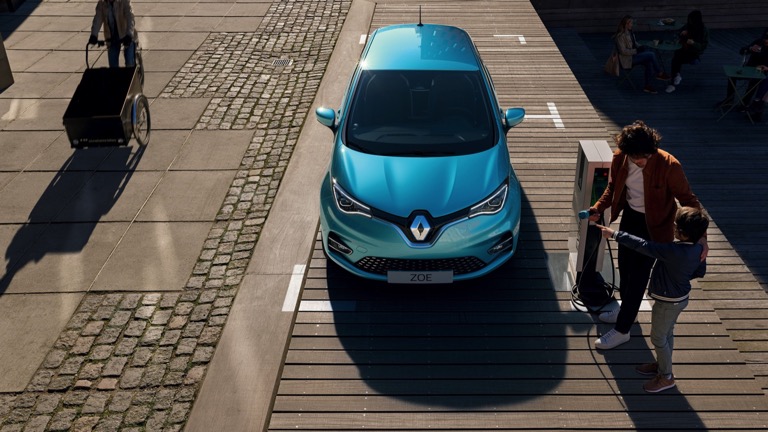
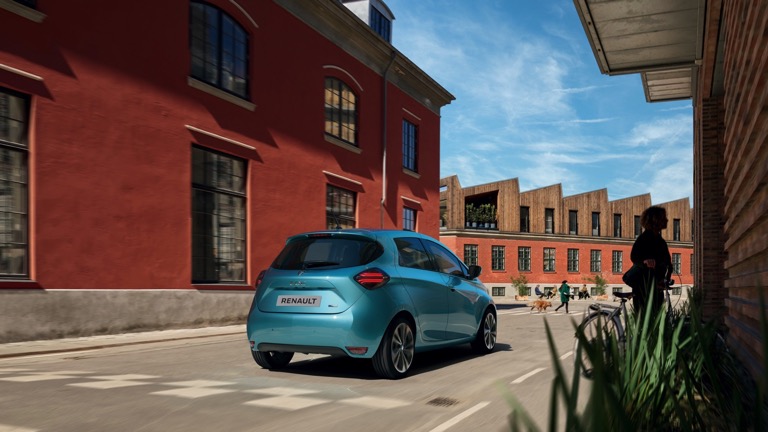
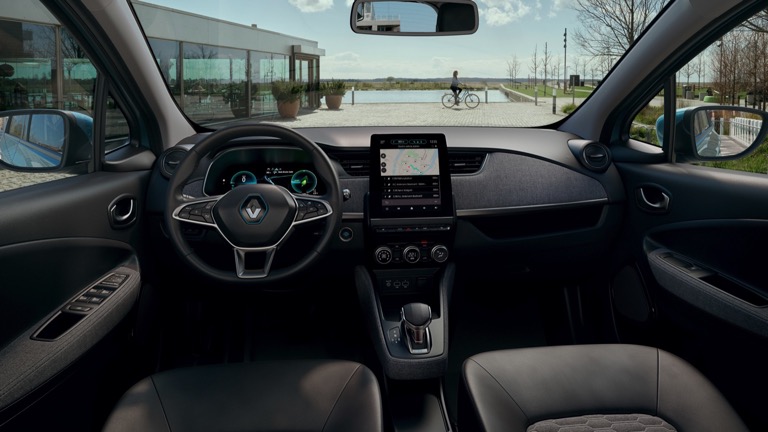
Available to Order
| United Kingdom | Jan 2020 – Jun 2022 |
| The Netherlands | Since November 2019 |
| Germany | Since November 2019 |
Real Range
Between 220 – 475 km
| City – Cold Weather | 310 km |
| Highway – Cold Weather | 220 km |
| Combined – Cold Weather | 265 km |
| City – Mild Weather | 475 km |
| Highway – Mild Weather | 285 km |
| Combined – Mild Weather | 365 km |
Performance
| Acceleration 0 – 100 km/h | 11.4 sec |
| Top Speed | 135 km/h |
| Electric Range | 315 km |
| Total Power | 80 kW (109 PS) |
| Total Torque | 225 Nm |
| Drive | Front |
Battery
| Nominal Capacity * | 54.7 kWh |
| Battery Type | Lithium-ion |
| Number of Cells | 192 |
| Architecture | 400 V |
| Useable Capacity | 52.0 kWh |
| Cathode Material | NCM712 |
| Pack Configuration | 96s2p |
| Nominal Voltage | 350 V |
Charging
Home / Destination
| Charge Port | Type 2 |
| Port Location | Front Side – Middle |
| Charge Power | 22 kW AC |
| Charge Time (0->315 km) | 3 hours |
| Charge Speed | 110 km/h |
Fast Charging
| Fastcharge Port | CCS |
| FC Port Location | Front Side – Middle |
| Fastcharge Power (max) | 46 kW DC |
| Fastcharge Time (32->252 km) | 56 min |
| Fastcharge Speed | 230 km/h |
Bidirectional Charging (V2X)
Vehicle-to-Load (V2L)
| V2L Capability | Not Available |
| Max. Output Power | Not Available |
| Exterior Outlet(s) | Not Available |
| Interior Outlet(s) | Not Available |
Vehicle-to-Home (V2H)
| V2H Capability AC | Not Available |
| Max. Output Power | Not Available |
| V2H Capability DC | Not Available |
| Max. Output Power | Not Available |
Vehicle-to-Grid (V2G)
| V2G Capability AC | Not Available |
| Max. Output Power | Not Available |
| V2G Capability DC | Not Available |
| Max. Output Power | Not Available |
Energy Consumption
EVDB Real Range
| Range | 315 km |
| Vehicle Consumption | 165 Wh/km |
| CO2 Emissions | 0 g/km |
| Vehicle Fuel Equivalent | 1.9 l/100km |
WLTP Ratings
| Range | 395 km |
| Rated Consumption | 174 Wh/km |
| Vehicle Consumption | 132 Wh/km |
| CO2 Emissions | 0 g/km |
| Rated Fuel Equivalent | 2.0 l/100km |
| Vehicle Fuel Equivalent | 1.5 l/100km |
Vehicle = calculated battery energy consumption used by the vehicle for propulsion and on-board systems.
Real Energy Consumptionbetween 109 – 236 Wh/km
| City – Cold Weather | 168 Wh/km |
| Highway – Cold Weather | 236 Wh/km |
| Combined – Cold Weather | 196 Wh/km |
| City – Mild Weather | 109 Wh/km |
| Highway – Mild Weather | 182 Wh/km |
| Combined – Mild Weather | 142 Wh/km |
Safety (Euro NCAP)
| Safety Rating | |
| Adult Occupant | 43% |
| Child Occupant | 52% |
| Rating Year | 2021 |
| Vulnerable Road Users | 41% |
| Safety Assist | 14% |
Dimensions and Weight
| Length | 4087 mm |
| Width | 1787 mm |
| Width with mirrors | 1945 mm |
| Height | 1562 mm |
| Wheelbase | 2588 mm |
| Weight Unladen (EU) | 1577 kg |
| Gross Vehicle Weight (GVWR) | 1988 kg |
| Max. Payload | 486 kg |
| Cargo Volume | 338 L |
| Cargo Volume Max | 1225 L |
| Cargo Volume Frunk | 0 L |
| Roof Load | 0 kg |
| Tow Hitch Possible | No Data |
| Towing Weight Unbraked | 0 kg |
| Towing Weight Braked | 0 kg |
| Vertical Load Max | No Data |
Miscellaneous
| Seats | 5 people |
| Isofix | Yes, 3 seats |
| Turning Circle | 10.6 m |
| Platform | No Data |
| Car Body | Hatchback |
| Segment | B – Small |
| Roof Rails | No |
| EV Dedicated Platform | No Data |
Similar electric vehicles

Range comparision based on electric range only. Rapid charging comparison based on rapid charge rate. Comparisons can be based on estimates.
Home and Destination Charging (0 -> 100%)
Charging is possible by using a regular wall plug or a charging station. Public charging is always done through a charging station. How fast the EV can charge depends on the charging station (EVSE) used and the maximum charging capacity of the EV. The table below shows all possible options for charging the Renault Zoe ZE50 R110. Each option shows how fast the battery can be charged from empty to full.
Europe
Charging an EV in Europe differs by country. Some European countries primarily use 1-phase connections to the grid, while other countries are almost exclusively using a 3-phase connection. The table below shows all possible ways the Renault Zoe ZE50 R110 can be charged, but some modes of charging might not be widely available in certain countries.
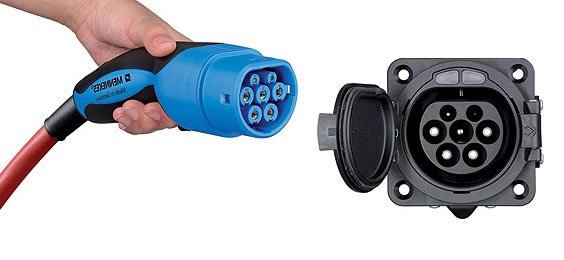
| Charging Point | Max. Power | Power | Time | Rate |
|---|---|---|---|---|
| Wall Plug (2.3 kW) | 230V / 1x10A | 2.3 kW | 26h45m | 12 km/h |
| 1-phase 16A (3.7 kW) | 230V / 1x16A | 3.7 kW | 16h45m | 19 km/h |
| 1-phase 32A (7.4 kW) | 230V / 1x32A | 7.4 kW | 8h30m | 37 km/h |
| 3-phase 16A (11 kW) | 400V / 3x16A | 11 kW | 5h45m | 55 km/h |
| 3-phase 32A (22 kW) | 400V / 3x32A | 22 kW † | 3 hours | 100 km/h |
† = Limited by on-board charger, vehicle cannot charge faster.
Fast Charging (10 -> 80%)
Rapid charging enables longer journeys by adding as much range as possible in the shortest amount of time. Charging power will decrease significantly after 80% state-of-charge has been reached. A typical rapid charge therefore rarely exceeds 80% SoC. The rapid charge rate of an EV depends on the charger used and the maximum charging power the EV can handle. The table below shows all details for rapid charging the Renault Zoe ZE50 R110.
- Max. Power: maximum power provided by charge point
- Avg. Power: average power provided by charge point over a session from 10% to 80%
- Time: time needed to charge from 10% to 80%
- Rate: average charging speed over a session from 10% to 80%
Europe
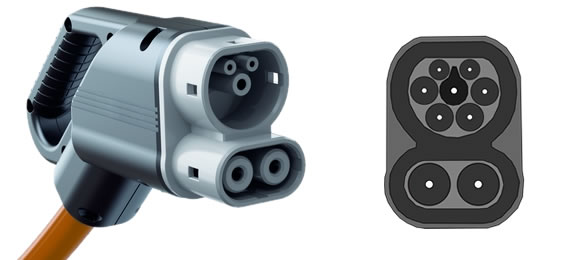
| Charging Point | Max. Power | Avg. Power | Time | Rate |
|---|---|---|---|---|
| CCS (50 kW DC) | 46 kW † | 41 kW † | 56 min | 230 km/h |
| CCS (175 kW DC) | 46 kW † | 41 kW † | 56 min | 230 km/h |
- † = Limited by charging capabilities of the vehicle
- Auto charge allows a vehicle to initiate charging automatically on supported CCS charge points.
- Actual charging rates may differ from the data shown due to factors like outside temperature, state of the battery and driving style.
- * = Optional in some countries
Charge speed
The charge speed of the Z.E. 50 (55 kWh battery) is up to 46 kW at all of our chargers. On average, the ZOE charges 100 km of range in 20 – 25 minutes. The ZOE charges fastest until about 55%. At this point, the car will gradually reduce charge speed.
Charge Curve
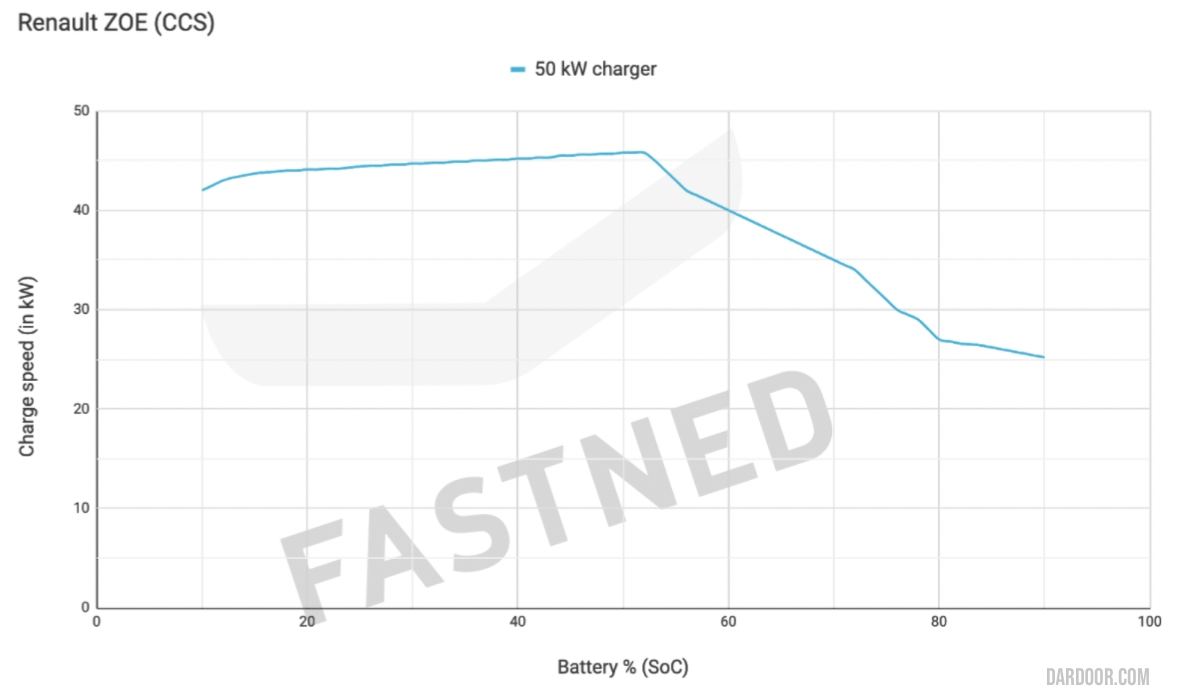
The charge curve shows the charging behaviour of this car when the battery is in optimal conditions (around. 30 °C). A colder (or warmer) battery can result is a significantly lower charge speed.
Unlock the connector
In some cases, the car does not release the connector. Turn off the car and press the ‘Open’ button on the driver’s side door handle.
Preceding model
The model shown on this page is the successor of the Renault Zoe Q90, which was available to order from March 2018 until February 2019. The previous model had 70 km less range, 18% slower acceleration and was similar in energy consumption.
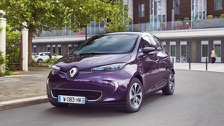
Preceding model Renault Zoe Q90
Preceding model
The model shown on this page is the successor of the Renault Zoe R90, which was available to order from August 2018 until October 2019. The previous model had 60 km less range, 16% slower acceleration and was similar in energy consumption.

Preceding model Renault Zoe R90


 52.0 kWh*
52.0 kWh*  315
315  165 Wh/km
165 Wh/km  135 km/h
135 km/h  11.4 Sec
11.4 Sec  230 km/h
230 km/h 